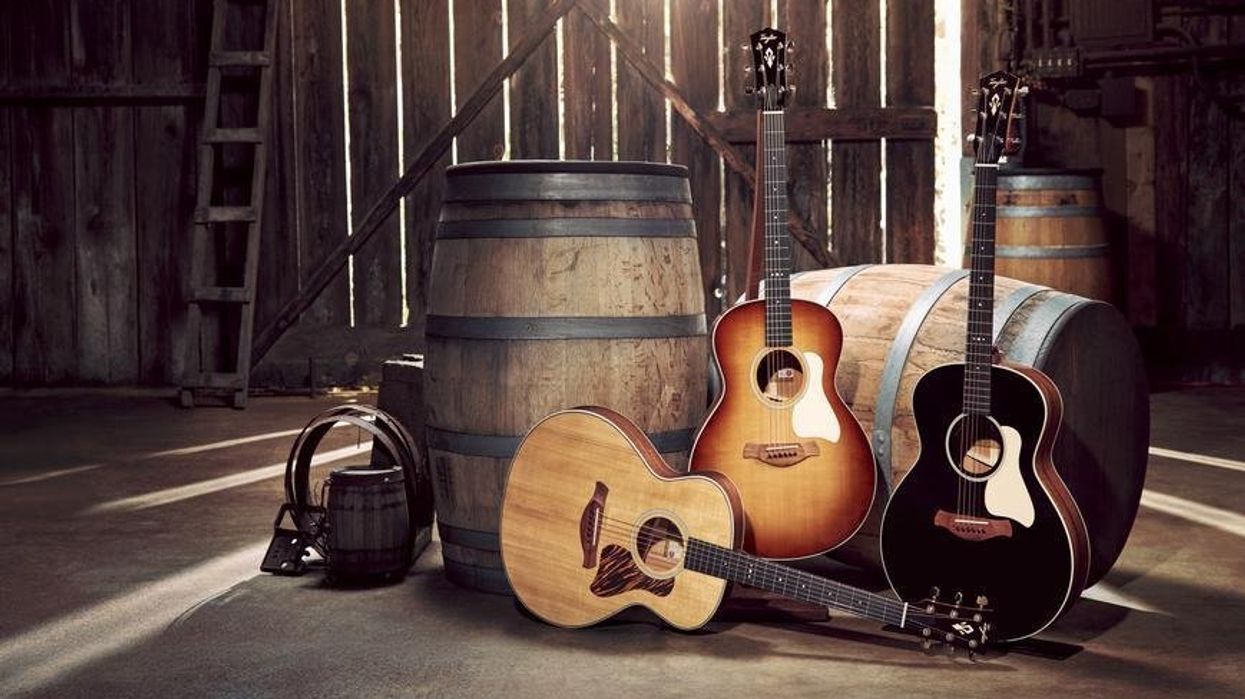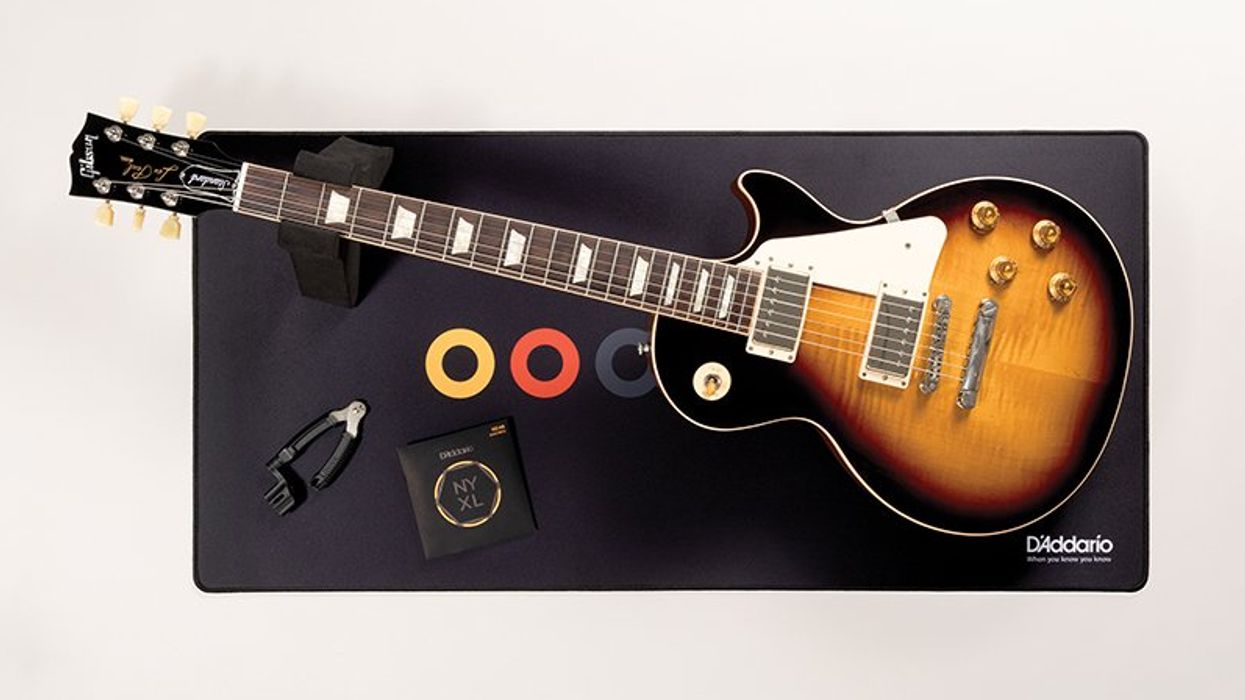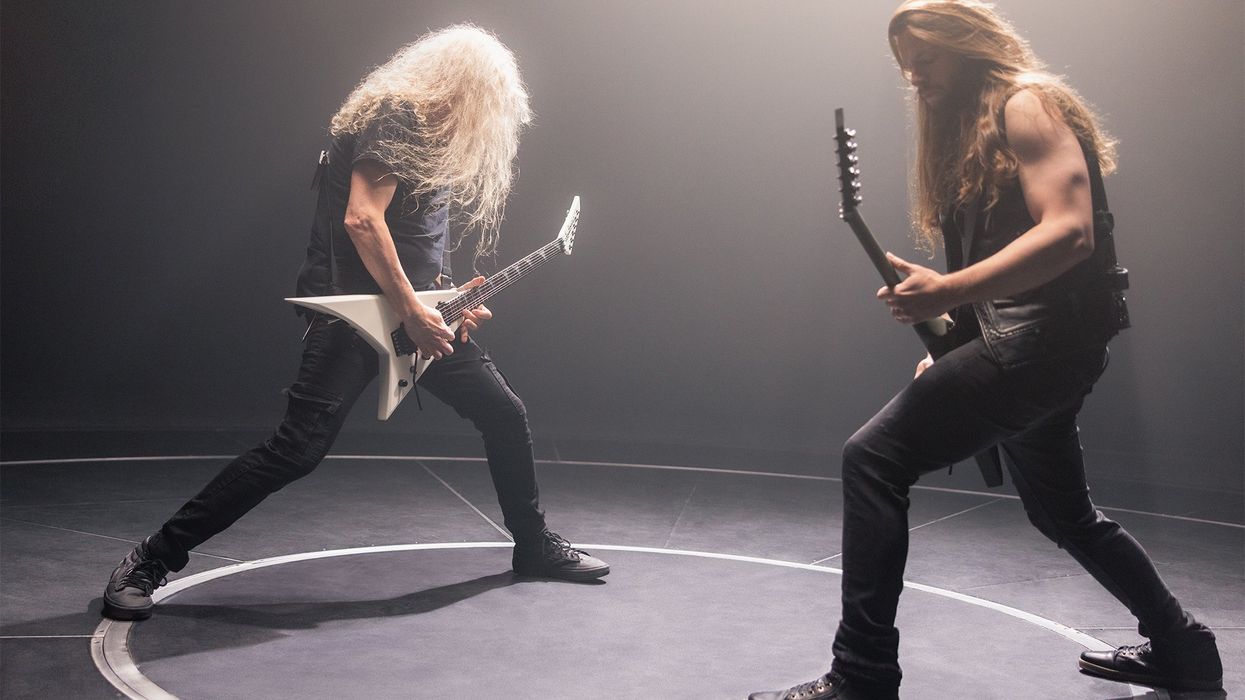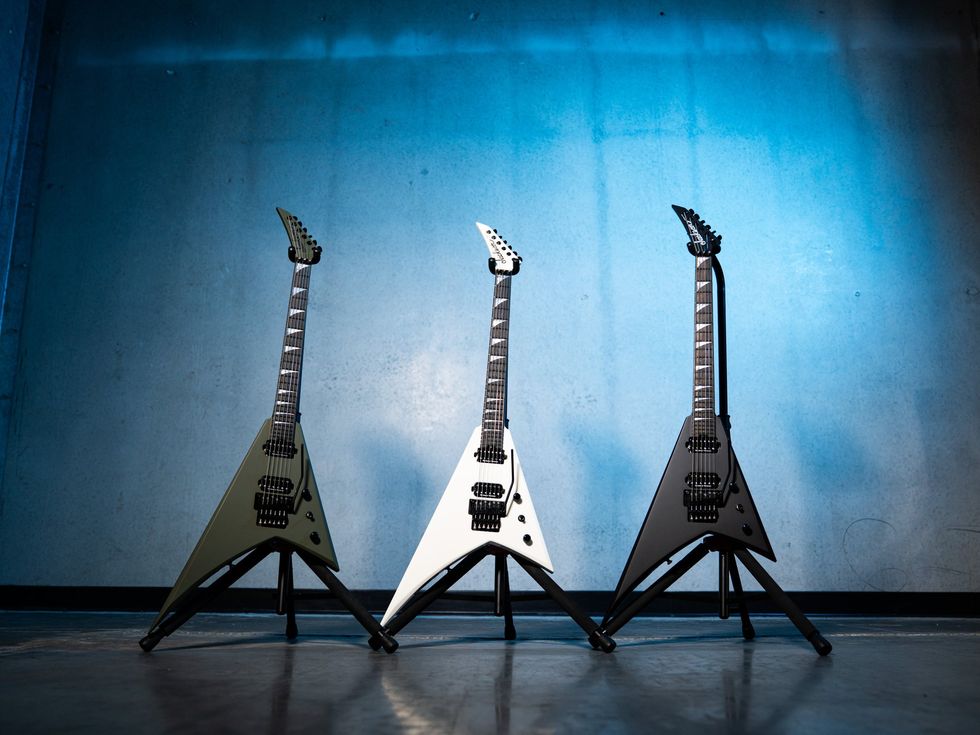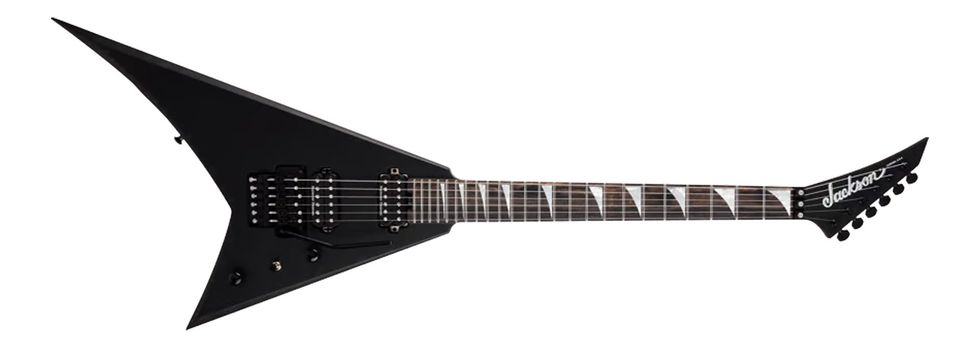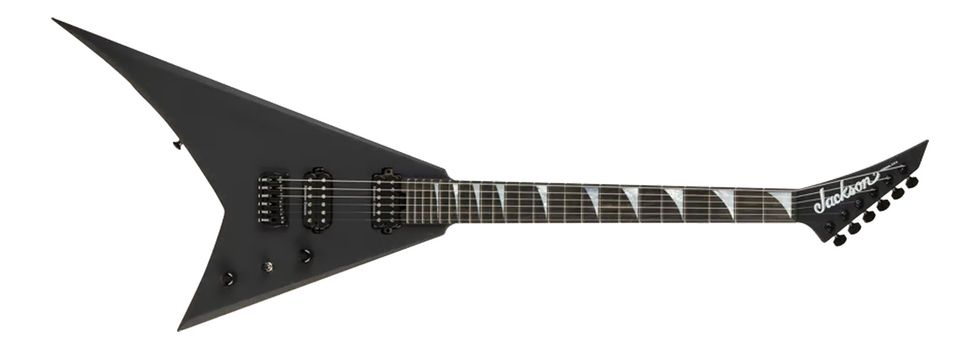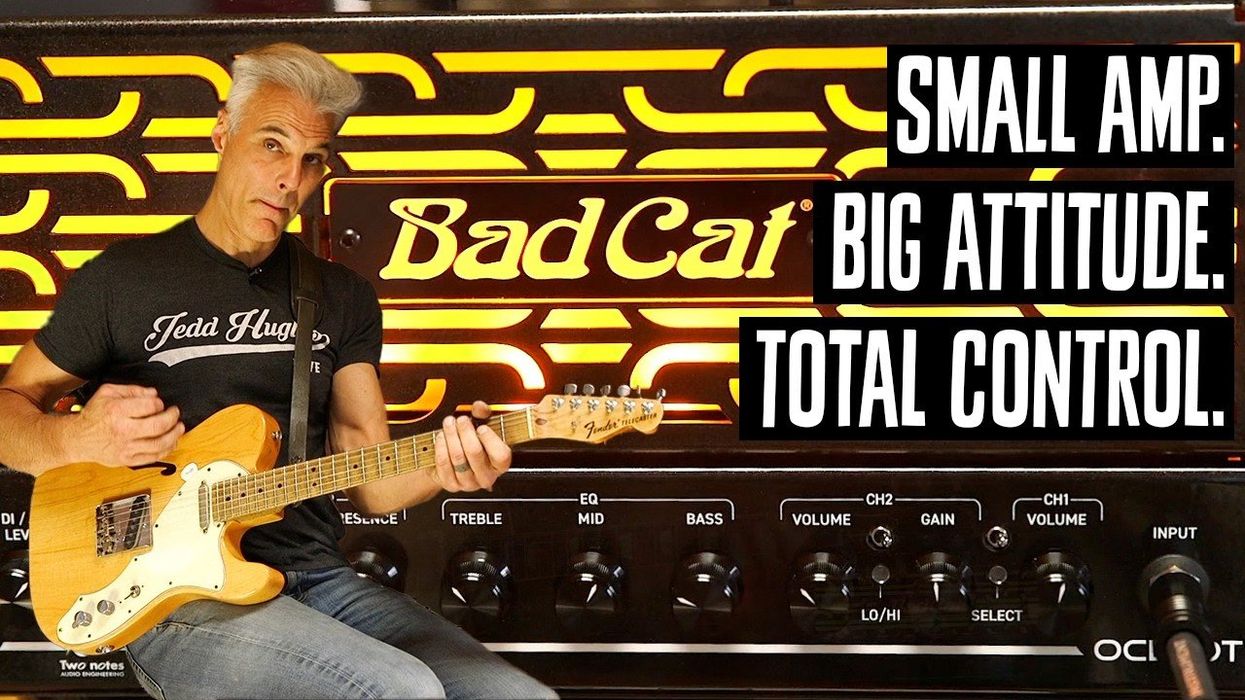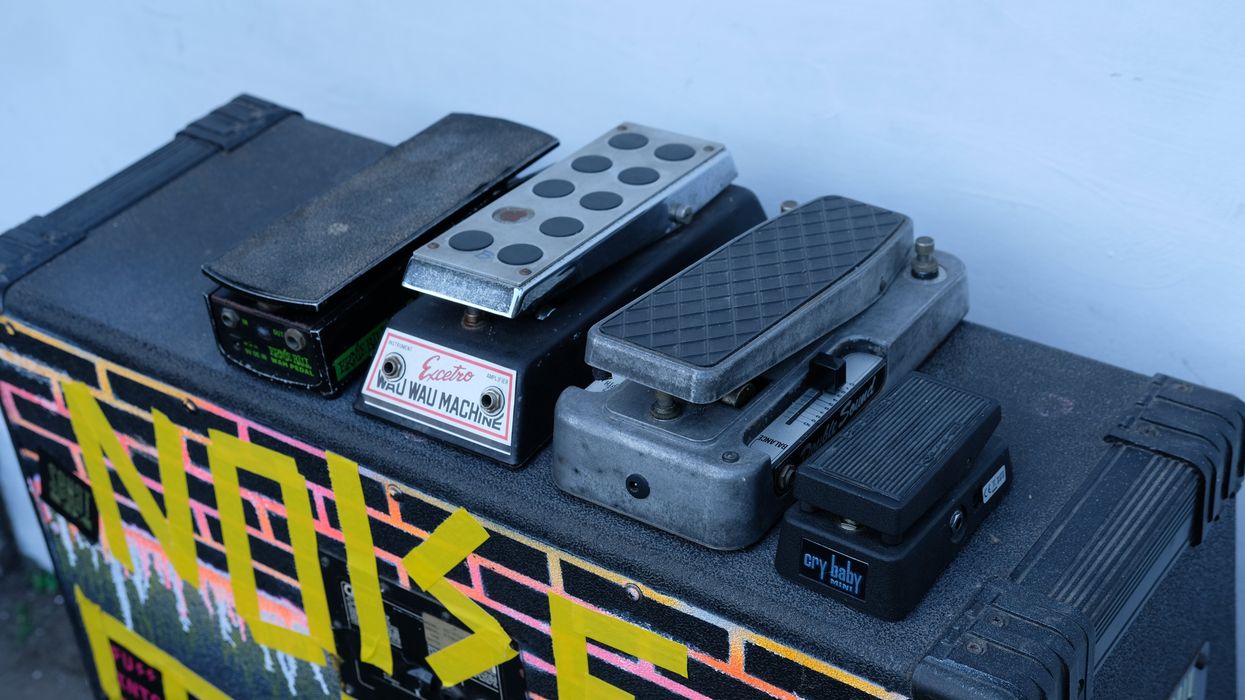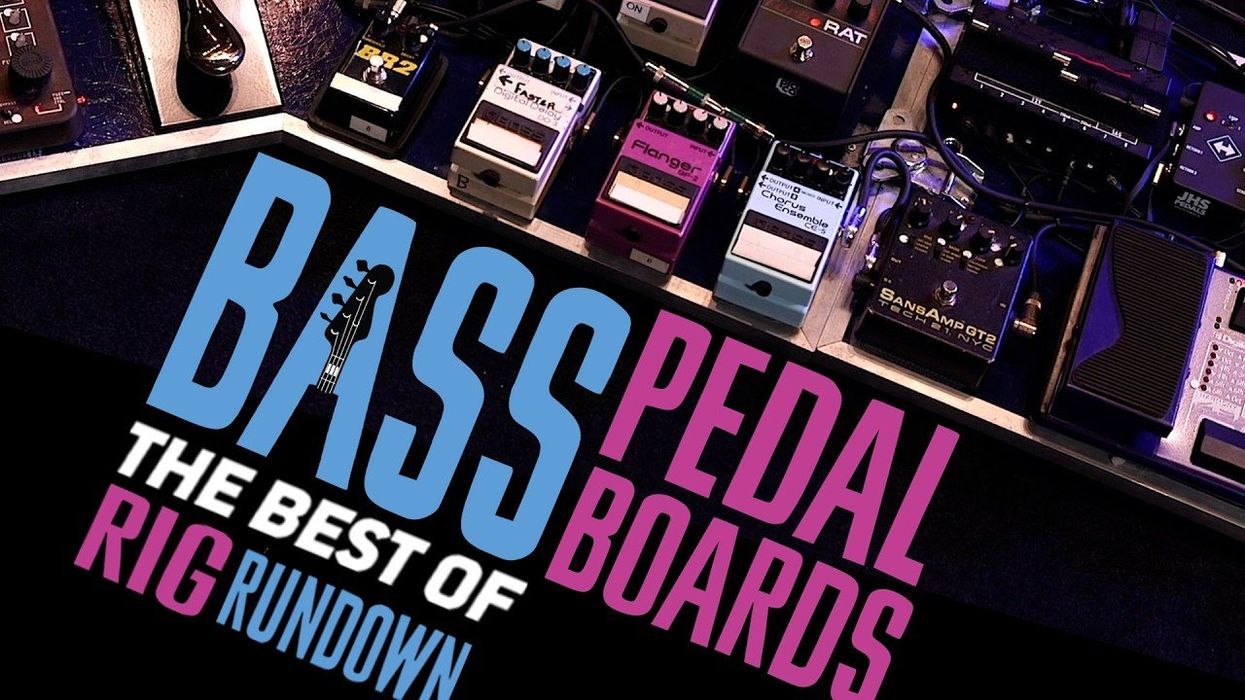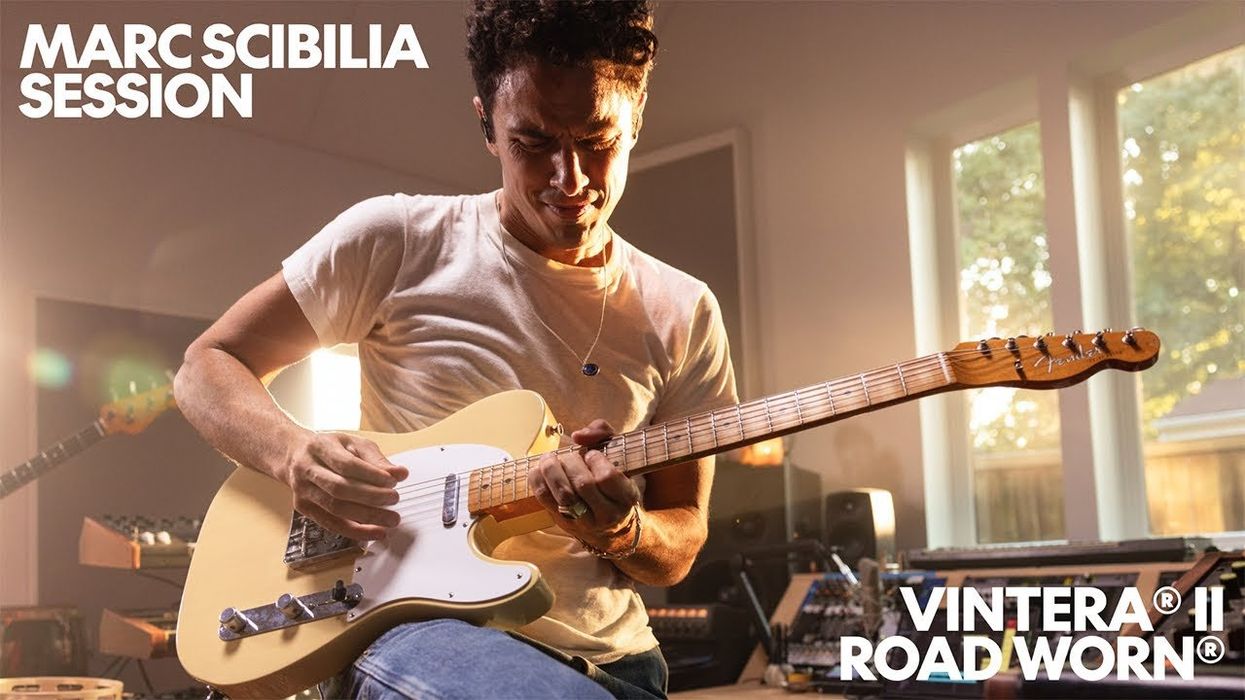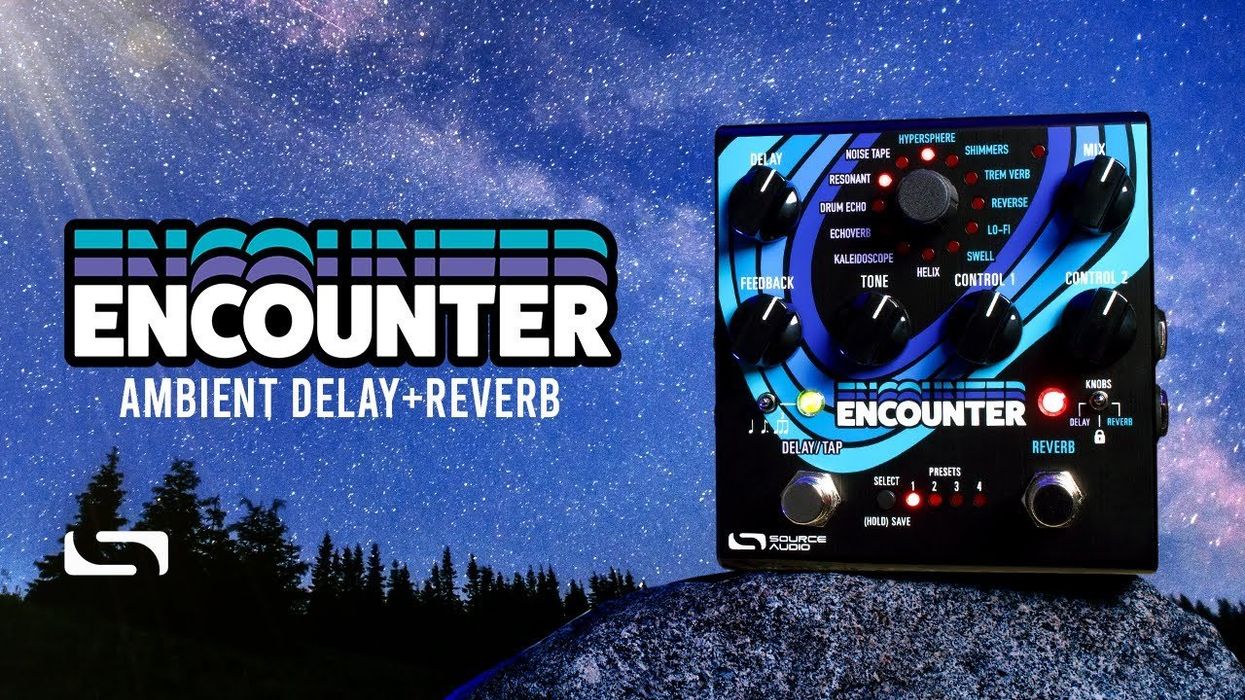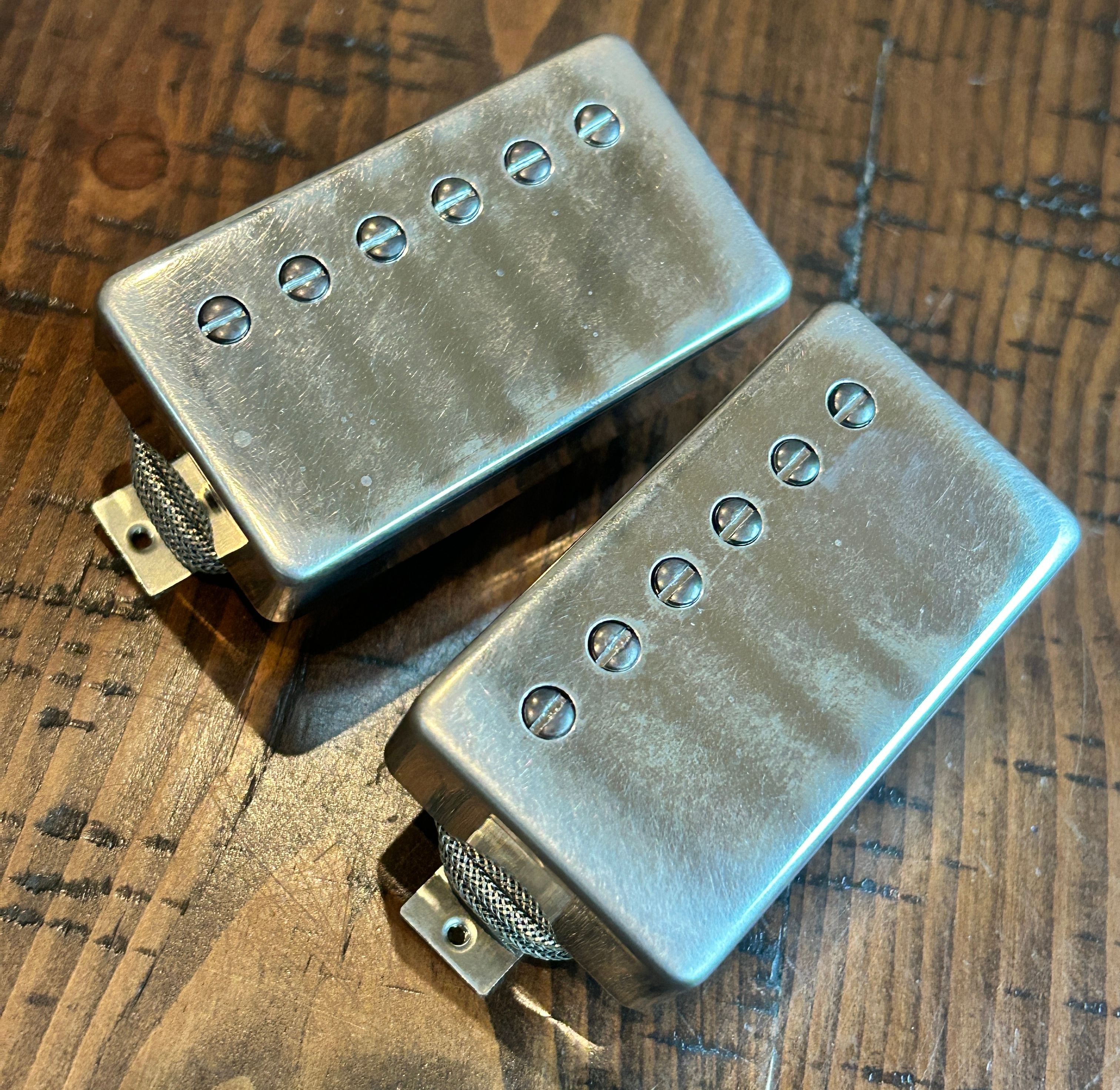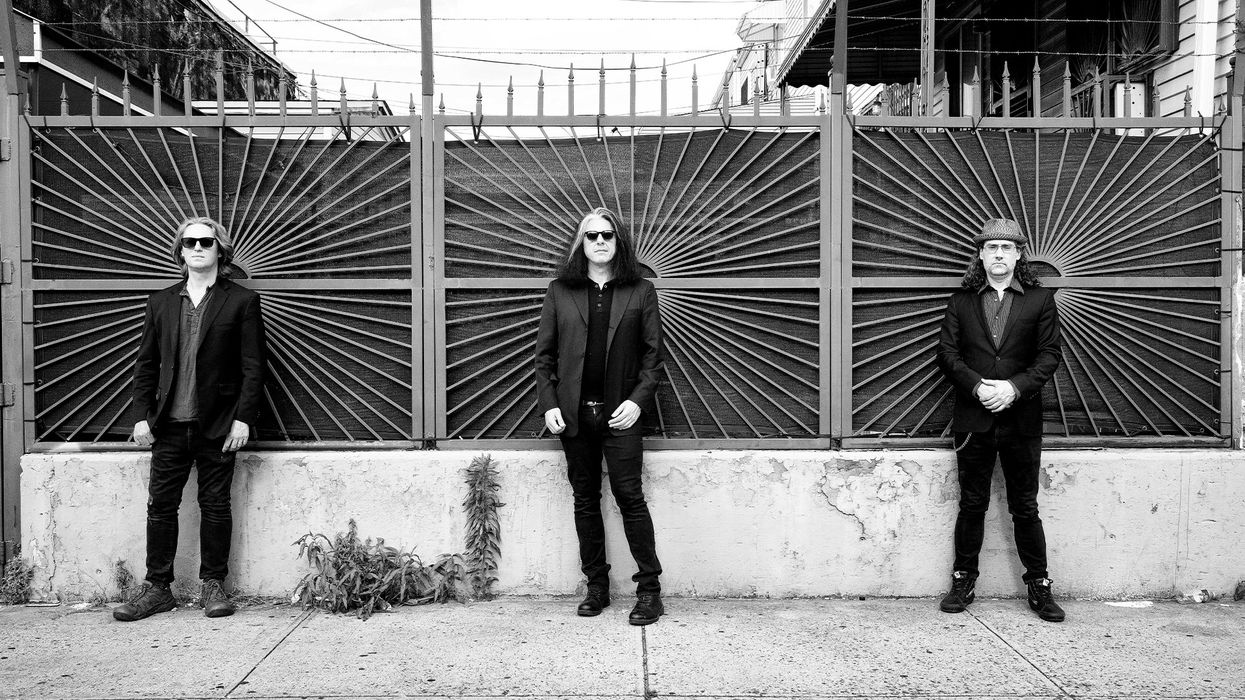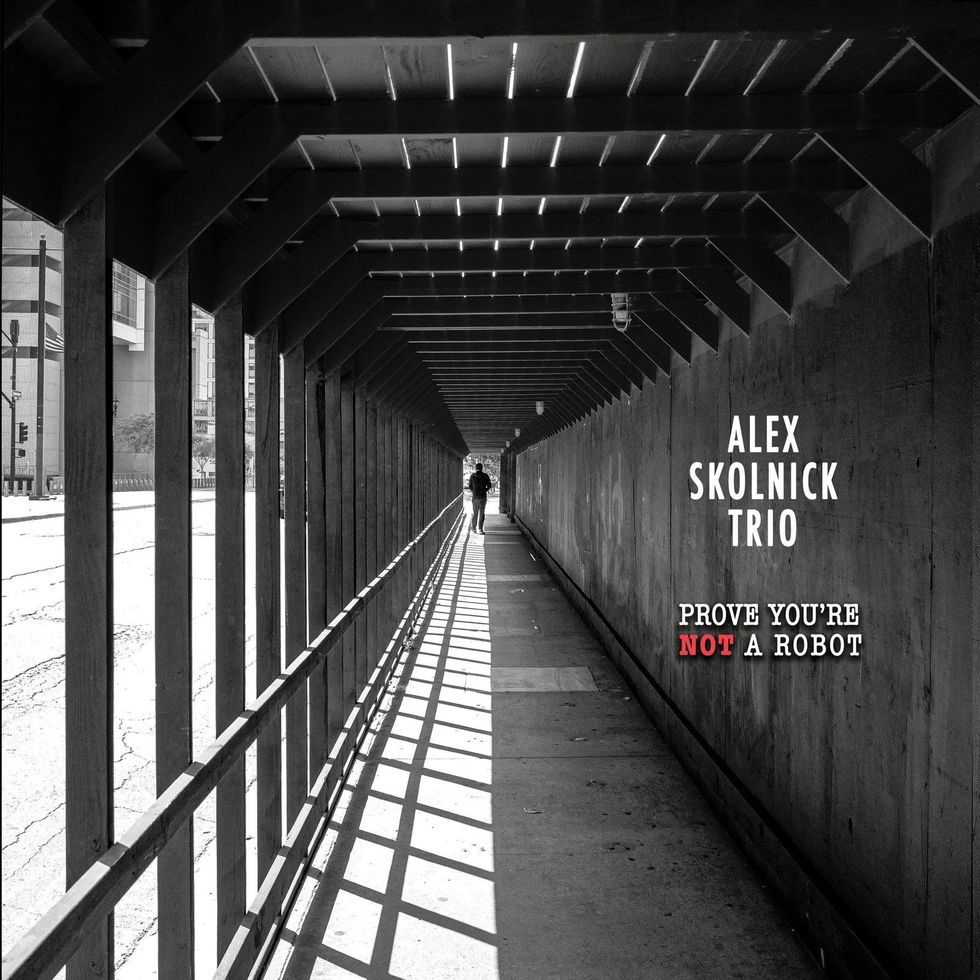“‘Angel Of Mercy’ is a song that I’ve been kicking around for several years but we never got the right performance until [producer] George Drakoulias suggested we give it another try on this album,” notes Campbell. He adds, “[Heartbreakers’ drummer] Steve Ferrone plays on the song and really makes it great. The feel of the song reminds me a little of The Rolling Stones and a little of the Heartbreakers, but it’s pure Dirty Knobs. It’s a burst of high octane, adrenaline, and one of the high points on the album.”
Featuring appearances from artists including Graham Nash, Lucinda Williams, Chris Stapleton and fellow Heartbreaker Benmont Tench, Vagabonds, Virgins & Misfits is due June 14 via BMG. Pre-order the record HERE and see below for the complete tracklist.The band recently shared the album’s first single “Dare To Dream” featuring Graham Nash accompanying Campbell on vocals. Consequence hails the song as “a straightforward rocker with a sunny disposition,” while Rolling Stone calls it “an inspirational ballad about learning to live in the present.” The track is complemented by a Chris Phelps-directed music video shot in Tulsa, Oklahoma including footage from The Church Studio where Mudcrutch—the precursor to Tom Petty & the Heartbreakers—made their first studio recordings for Leon Russell’s Shelter Records as they made their way from Gainesville, Florida to Los Angeles in 1974.
Mike Campbell & The Dirty Knobs - Angel Of Mercy (Official Visualizer)
Campbell is on tour throughout the summer in support of the new record, kicking off the run of shows with a co-headline appearance alongside Larkin Poe at Illinois’ Off North Shore: Skokie Music Festival on June 21. See below for a complete list of dates.In additional to Campbell, The Dirty Knobs features fellow Heartbreaker Steve Ferrone on drums, Chris Holt (Don Henley) on guitar and Lance Morrison (Don Henley) on bass.Campbell also appears on the forthcoming tribute record Petty Country: A Country Music Celebration of Tom Petty—out June 21 on Big Machine Records—performing the Heartbreakers’ track “Ways To Be Wicked” alongside Margo Price.
With Vagabonds, Virgins & Misfits, Campbell and the Dirty Knobs (named after tech slang for a broken amp dial) have made the most expansive and dynamic album of the Dirty Knobs’ one-of-a-kind ride. The group was founded in 2000 by Campbell as a writing and club-date project outside the Heartbreakers. The group finally got on record with 2020's Wreckless Abandon and 2022's External Combustion, both made with George Drakoulias and Martin Pradler, who return to co-produce the new album with Campbell.Those LPs, Campbell says, were the Knobs “trying to find our way as a rock & roll band.” “Now it’s down to great songs,” adds Campbell, “the depth in the lyrics and chords.” He recalls something Petty once told him: “Tom said, ‘I love the English language. There’s so much you can do with it.’ I'm discovering that, too. Looking for rhyme schemes, the right word. At first it was a struggle. Now that door has opened,” Campbell says. “I’ve turned a corner” on Vagabonds, Virgins & Misfits. The Dirty Knobs are “still a rock band but growing into different feels.”


